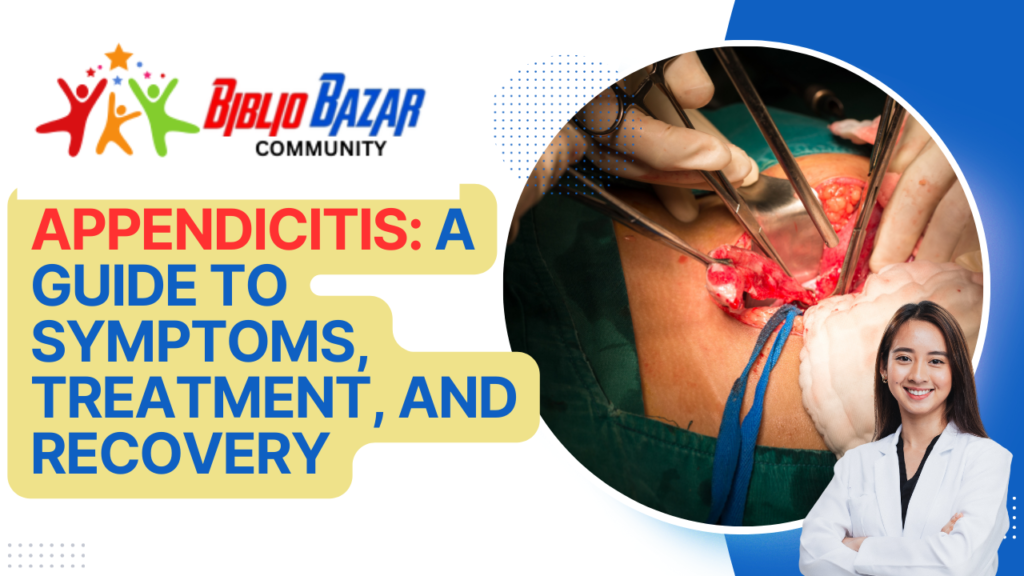
Bronchogenic cysts are rare congenital abnormalities that develop in the respiratory system during fetal development. These cysts, often fluid-filled, typically form near the trachea or bronchi in the lungs. Although they are present from birth, they may go unnoticed for years due to their asymptomatic nature. Many bronchogenic cysts are discovered incidentally during imaging tests for unrelated conditions. However, larger cysts or those that become infected can cause a variety of respiratory symptoms.
What are Bronchogenic Cysts?
Bronchogenic cysts develop from an abnormal budding of the foregut during early embryonic development. They consist of cystic sacs that contain fluid or mucus. The cysts are categorized as either mediastinal or intrapulmonary, depending on their location. Mediastinal cysts are found near the central part of the chest, while intrapulmonary cysts occur within the lung tissue itself. Though benign, these cysts can cause problems if they grow large enough to compress nearby organs or if they become infected.

Causes and Risk Factors
The exact cause of bronchogenic cysts is not fully understood, but it is related to errors in the formation of the early respiratory system. During the early stages of fetal development, abnormal branching of the bronchial tree leads to the formation of these cysts. Although bronchogenic cysts are generally not inherited, having a family history of congenital abnormalities might slightly increase the risk of developing such cysts. Other risk factors include conditions that affect lung development and certain genetic syndromes.
Symptoms of Bronchogenic Cysts
Most bronchogenic cysts remain asymptomatic for years and are often discovered during chest X-rays or CT scans performed for other reasons. However, if the cyst becomes large or infected, it can press against nearby structures and cause symptoms. Common symptoms include:

- Persistent cough
- Shortness of breath (dyspnea)
- Wheezing
- Recurrent respiratory infections
- Chest pain
- Difficulty swallowing (if the cyst compresses the esophagus)
In severe cases, a large cyst may cause significant breathing problems or even lead to respiratory distress, especially in children.
Diagnosis and Treatment Options
Bronchogenic cysts are typically diagnosed through imaging studies such as chest X-rays, CT scans, or MRI scans. These tests can determine the size, location, and nature of the cyst, helping doctors decide on the best course of action.

For small, asymptomatic cysts, regular monitoring with imaging is often sufficient. However, if the cyst is causing symptoms, is at risk of infection, or is suspected to be malignant, surgical removal is usually recommended. The surgical removal of bronchogenic cysts can be done through a traditional open surgery called a thoracotomy or via a less invasive procedure known as video-assisted thoracoscopic surgery (VATS). Complete excision of the cyst is necessary to prevent recurrence or future complications.
Post-Surgical Care and Recovery
After surgery, patients need close monitoring to ensure proper healing. Pain management is a critical component of post-operative care, as well as monitoring for signs of infection. Nurses play a vital role in helping patients recover by assisting with breathing exercises to prevent lung complications, encouraging early mobilization, and providing patient education regarding post-operative care. Patients are also advised to maintain regular follow-ups to ensure there are no long-term issues.
Frequently Asked Questions (FAQs)
- What causes bronchogenic cysts?
Bronchogenic cysts are caused by abnormal development of the foregut during fetal growth, leading to cyst formation in the bronchial tree. - Are bronchogenic cysts cancerous?
No, bronchogenic cysts are typically benign, but if left untreated, they can become infected or, in rare cases, develop malignancies. - Can bronchogenic cysts go away on their own?
No, bronchogenic cysts do not resolve on their own. They usually remain unchanged unless they grow, become infected, or cause symptoms. - How are bronchogenic cysts diagnosed?
They are diagnosed through imaging studies such as X-rays, CT scans, or MRI scans, which can identify the cyst’s size and location. - Do all bronchogenic cysts need surgery?
Not all require surgery. If a cyst is small and asymptomatic, it may just need regular monitoring. Symptomatic or growing cysts usually need to be removed surgically. - What are the symptoms of a bronchogenic cyst?
Common symptoms include persistent cough, shortness of breath, wheezing, recurrent respiratory infections, chest pain, and difficulty swallowing. - Is surgery for bronchogenic cysts risky?
Surgery, especially minimally invasive procedures like VATS, is generally safe but does carry risks like infection or bleeding, as with any surgery. - Can bronchogenic cysts recur after surgery?
If the cyst is fully excised, recurrence is unlikely. However, incomplete removal can lead to recurrence. - What should I expect during recovery after surgery?
Recovery involves pain management, breathing exercises, and gradual mobilization. Full recovery typically takes several weeks. - Can bronchogenic cysts affect children differently than adults?
Yes, children with large cysts may experience more severe respiratory distress and symptoms due to the smaller size of their airways.
Subscribe to us for more videos like this and visit bazarbiblio.com for notes and free PDF books. Thank you!
Discover more from Bibliobazar Digi Books
Subscribe to get the latest posts sent to your email.


